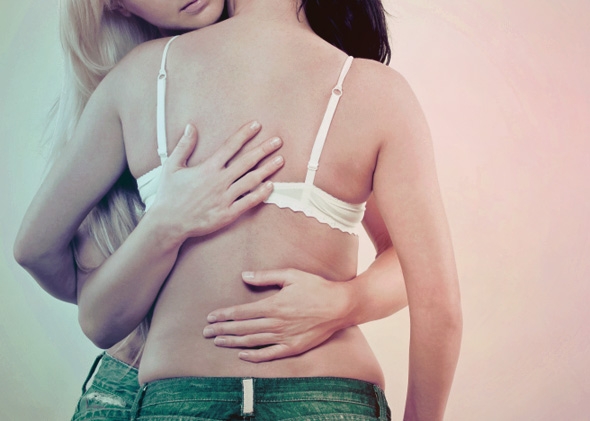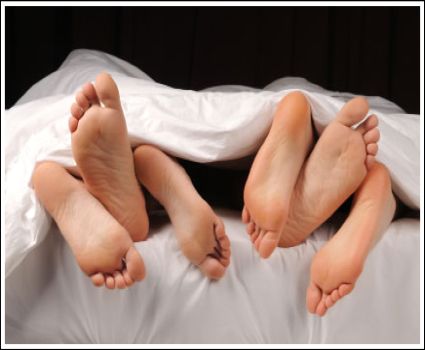
Every 10 years, researchers in the United Kingdom publish the National Survey of Sexual Attitudes and Lifestyles, known as Natsal. The first survey, Natsal-1, was conducted from 1990 to 1991. The second, Natsal-2, took place from 1999 to 2001. The third, taken from 2010 to 2012, was published todayin the Lancet. It shows significant increases in the reported prevalence of anal sex, lesbian activity, and female intercourse before age 16. Let’s look at the numbers.
1. Lesbian sex. In Natsal-1, less than 4 percent of British women aged 16–44 said they’d had any sexual experience or contact with a partner of the same sex. In Natsal-2, that number rose to nearly 10 percent. Now it’s 16 percent. By any measure, that’s an enormous increase, more than doubling the reported rate among men. Even if you attribute most of it to changes in candor or interpretation, the willingness of so many women to admit to same-sex activity represents a big cultural shift.
That doesn’t mean these women are going all the way. When they’re asked more specifically whether they’ve had a same-sex experience that includes genital contact, only half as many say yes. But the trend line is identical, rising from 2 percent in Natsal-1 to 5 percent in Natsal-2 and 8 percent in Natsal-3. The same holds true when women are asked whether they’ve had a same-sex partner in the last five years. On that question, the percentage who say yes has climbed from less than 1 percent in Natsal-1 to more than 2 percent in Natsal-2 and nearly 5 percent in Natsal-3.
When you break down the latest sample by age, you see the same effect. When asked whether they’ve had any sexual experience or contact with another female, only 3 percent of women aged 65–74 say yes. That number rises to 7 percent among women aged 55–64, 9 percent among women aged 45–54, 12 percent among women 35–44, 18 percent among women 25–34, and 19 percent among women 16–24. If the prevalence of lesbian sex were constant and evenly reported, you’d expect it to increase with age, based on the accumulation of experience. Instead, the trend runs sharply the other way. Apparently, in later cohorts, it’s more common, more honestly reported, or both.
One result of this surge is that reported same-sex activity between women has eclipsed reported same-sex activity between men. The stated prevalence of same-sex experiences between men increased from Natsal-1 to Natsal-2 (the researchers note that Natsal-1 was taken at the height of the HIV epidemic), but in Natsal-3, it’s slightly down on some questions and slightly up on others. The proportion of men who report having had a same-sex experience is only about 7 percent—half the rate among women—and the share who say they’ve had a male sex partner in the last five years is only 3 percent. You can argue that lots of gay or bisexual men are concealing their experiences. But then you have to explain why so many women, at the same time, aren’t.
Read more @Slate



Leave a Reply